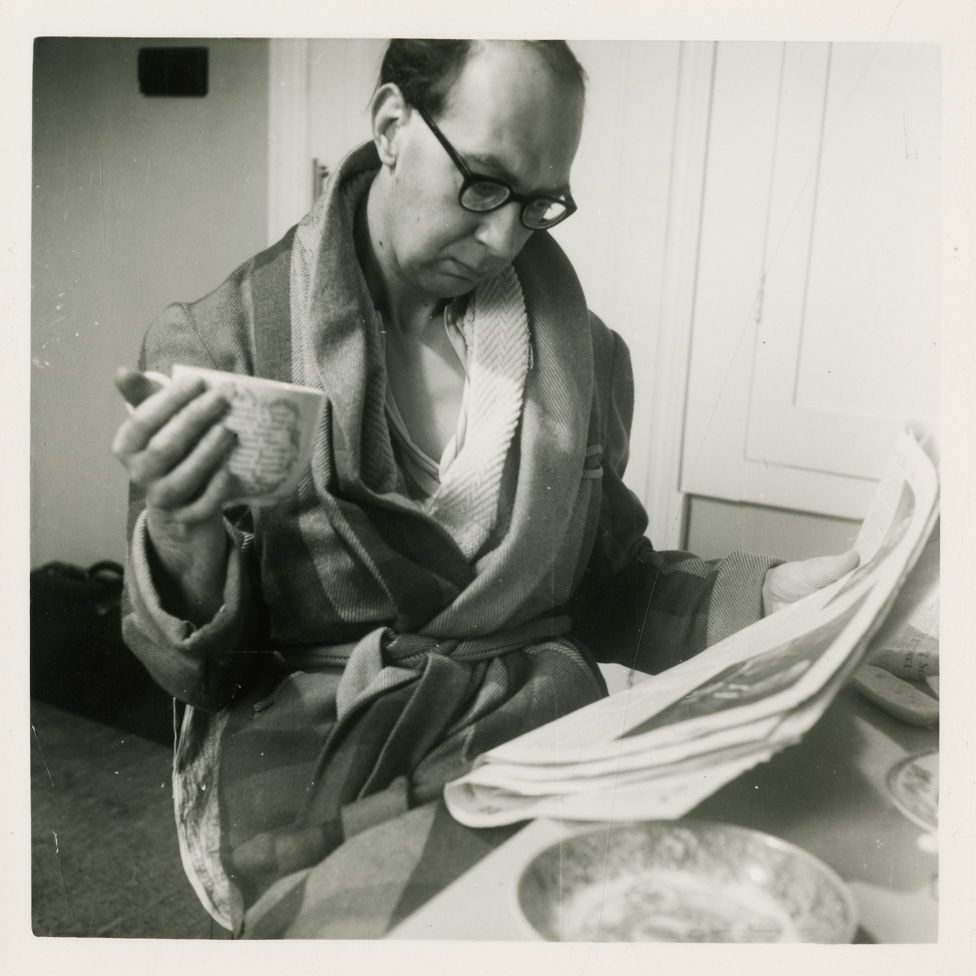100 best nonfiction books
No 76
A Vindication of the Rights of Woman
by Mary Wollstonecraft
(1792)
This radical text attacked the dominant male thinkers of the age and laid the foundations of feminism
Robert McCrum
Mon 17 Jul 2017
T
he term “feminism” did not exist when Mary Wollstonecraft wrote this short book (just 98pp in my Vintage Classics edition) and some critics have resisted its author’s identification with the movement. In hindsight, however, we can now see that its assault on “mistaken notions of female excellence” was the first great expression of feminist ideas. Although she does not insist on the equality of the sexes, you’ll still find, articulated in thrilling clarity, the essence of Wollstonecraft’s argument for the education of women, and for an increased female participation in everyday society. This little book, which declared that “from the tyranny of man, the greater number of female follies proceed”, set off the first ripples of what would eventually become the worldwide movement for women’s rights. A classic of post-revolutionary thought, shaped by the Enlightenment, Wollstonecraft’s Vindication changed life for women the world over.
Wollstonecraft began her career in 1787 with Thoughts on the Education of Daughters and then spent several years writing reviews, pamphlets, Mary (a novel), and her first foray into pre-feminist polemic, A Vindication of the Rights of Men (1790), which was a passionate response to Edmund Burke’s Reflections on the Revolution in France. This, one of dozens of pamphlets inspired by Burke, was, in Wollstonecraft’s words, an “effusion of the moment”, attacking “the grand principles at which he [Burke] has levelled many ingenious arguments in a very specious garb”.
Wollstonecraft’s Rights of Men attracted plenty of attention and brought her into the circle of the radical philosopher William Godwin, whom she would ultimately marry.
In 1792, however, she visited revolutionary Paris, where she fell wildly in love with an American, Gilbert Ismay, with whom she had a daughter, Fanny. Caught up in the ferment of the revolution, she became enraged by Talleyrand’s recommendation to the National Assembly that women should only have “domestic education”. She had already begun to consider the subjection of women in society; now she found an occasion for her arguments. Accordingly, Wollstonecraft’s Vindication carries a dedication to Talleyrand, a respectful appeal “to reconsider the subject, and maturely weigh what I have advanced respecting the rights of woman and national education”.
Written in 1791 and published in 1792, with a second edition appearing that same year, Vindication was sold as the first volume of a work that, in Wollstonecraft’s mind, would be “divided into three parts”. There were, she wrote at the outset, “many subjects, cursorily alluded to” that would “furnish ample matter for a second volume, which in due time will be published.” In the event, Wollstonecraft wouldn’t write any subsequent volumes.
Before this date, there had been books that argued for the reform of female education, often for moral reasons or to better befit women for their role as companions for men. In contrast, in her introduction, Wollstonecraft criticises women’s education thus: “I attribute [these problems] to a false system of education, gathered from the books written on this subject by men, who, considering females rather as women than human creatures, have been more anxious to make them alluring mistresses than affectionate wives and rational mothers… the civilised women of this present century, with a few exceptions, are only anxious to inspire love, when they ought to cherish a nobler ambition, and by their abilities and virtues exact respect.”
She goes on to say, with revolutionary ardour, that “I shall first consider women in the grand light of human creatures, who, in common with men, are placed on this earth to unfold their faculties”.
But Vindication soon became more than a reassertion of women’s educational rights and, instead, a full-blown demand for men and women to enjoy the benefits of reason. Within a very few pages, she had plunged into her bold analysis of men’s “sexual character”, following this with an assault on Rousseau for the false distinctions he makes in his approach to the sexes in Emile.
As Wollstonecraft’s voice finds its polemical register, Vindication acquires its distinct character, at once passionate and idiosyncratic. With thrilling candour, she freely admits: “A wild wish has just flown from my heart to my head, and I will not stifle it, though it may excite a horse-laugh. I do earnestly wish to see the distinction of sex confounded in society, unless where love animates the behaviour. For this distinction is, I am firmly persuaded, the foundation of the weakness of character ascribed to women; is the cause why the understanding is neglected, whilst accomplishments are acquired with sedulous care; and the same cause accounts for their preferring the graceful before the heroic virtues.”
Such a “wild wish” aside, an important part of Wollstonecraft’s purpose is to unfold an unambiguous argument: “From the tyranny of man, I firmly believe, the greater number of female follies proceed; and the cunning, which I allow makes at present a part of their character, I likewise have repeatedly endeavoured to prove, is produced by oppression.”
It’s here that Wollstonecraft gets drawn into a discussion on women’s character, opposing “sensibility” to “reason”. She herself has a strong preference for “modesty”, and struggles with the issue of sexuality: “Were I to name the graces that ought to adorn beauty, I should instantly exclaim cleanliness, neatness and personal reserve. It is obvious, I suppose, that the reserve I mean has nothing sexual in it, and that I think it equally necessary in both sexes.”
This is a rare, almost glancing, reference to the equality of the sexes. As quickly becomes apparent to every reader, and as many commentators have noted with dismay, she nowhere says unequivocally that men and women have equal rights. She is also prone to statements that must have made later feminists shudder: “As a sex, women are habitually indolent; and everything tends to make them so.” This, to modern readers, must inevitably diminish her finer moments of abstract, philosophical analysis: “Asserting the rights which women in common with men ought to contend for, I have not attempted to extenuate their faults; but to prove them to be the natural consequence of their education and station in society. If so, it is reasonable to suppose that they will change their character, and correct their vices and follies, when they are allowed to be free in a physical, moral and civil sense.”
Still, having made this concession, Wollstonecraft returns to the high ground of her argument: “Let woman share the rights, and she will emulate the virtues of man; for she must grow more perfect when emancipated, or justify the authority that chains such a weak being to her duty.”
Many subsequent feminist writers would take issue with the idea of “the weaker vessel”. Wollstonecraft, a pioneer, struggled to break free from the tyranny of that notion. Indeed, some of the best passages in Vindication flow directly from unresolved feelings about what it means to be a mother, a lover, even a wife, within a patriarchal male society, and how to assert women’s rights in such circumstances.
Vindication is an important book, but it’s not faultless. From its first publication, it has enjoyed a mixed press. Horace Walpole denounced her as “a hyena in petticoats”. In hindsight, the fate of the Vindication has become intimately braided with its author’s own story, her troubled relations with the opposite sex, and her attempted suicide. For many, from Virginia Woolf on, Wollstonecraft’s tragic, short life is now seen as just as important as her writing in the forging of a feminist critique of society. Indeed, Woolf described Wollstonecraft – her writing, arguments and “experiments in living” – as immortal: “She is alive and active, she argues and experiments, we hear her voice and trace her influence even now among the living.”
Her relationship with the proto-anarchist William Godwin was unconventional. She married him after becoming pregnant. In August 1797, Wollstonecraft gave birth to a second daughter, who would grow up to be Mary Shelley, author of Frankenstein. The birth was followed by the agonising complications of puerperal fever. Mary Wollstonecraft died 11 days later. She was 38.
A signature sentence
“To account for, and excuse the tyranny of man, many ingenious arguments have been brought forward to prove that the two sexes, in the acquirement of virtue, ought to aim at attaining a very different character; or, to speak explicitly, women are not allowed to have sufficient strength of mind to acquire what really deserves the name of virtue.”
Three to compare
Mary Wollstonecraft: A Vindication of the Rights of Men (1790)
JS Mill: The Subjection of Women (1869)
Virginia Woolf: A Room of One’s Own (1929)
• A Vindication of the Rights of Woman by Mary Wollstonecraft is published by Penguin (£4.99).
THE 100 BEST NONFICTION BOOKS OF ALL TIME




/cloudfront-eu-central-1.images.arcpublishing.com/prisa/YGHQEFFJ4BFGNKZFHQJOPIVMZM.jpeg)













